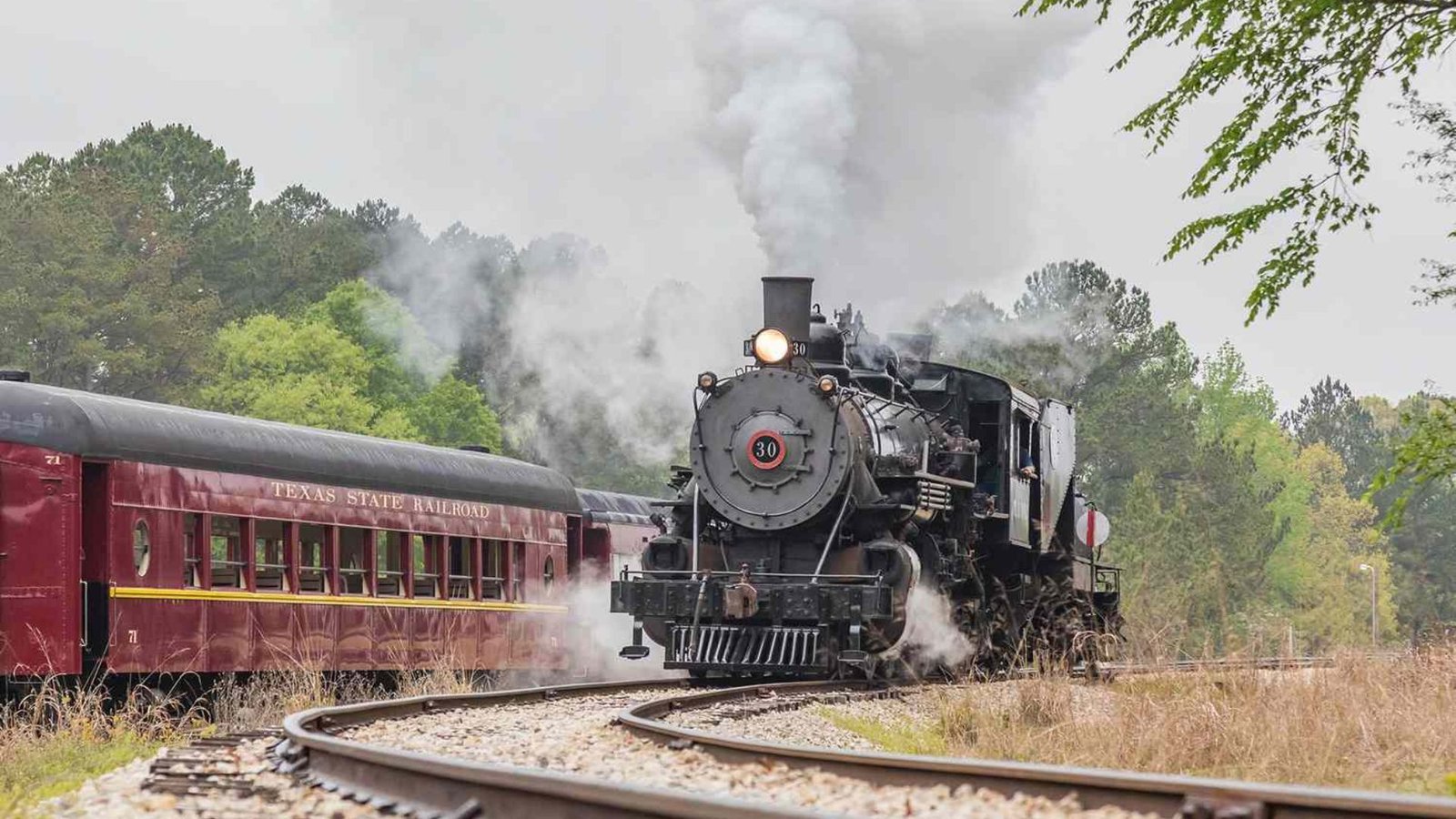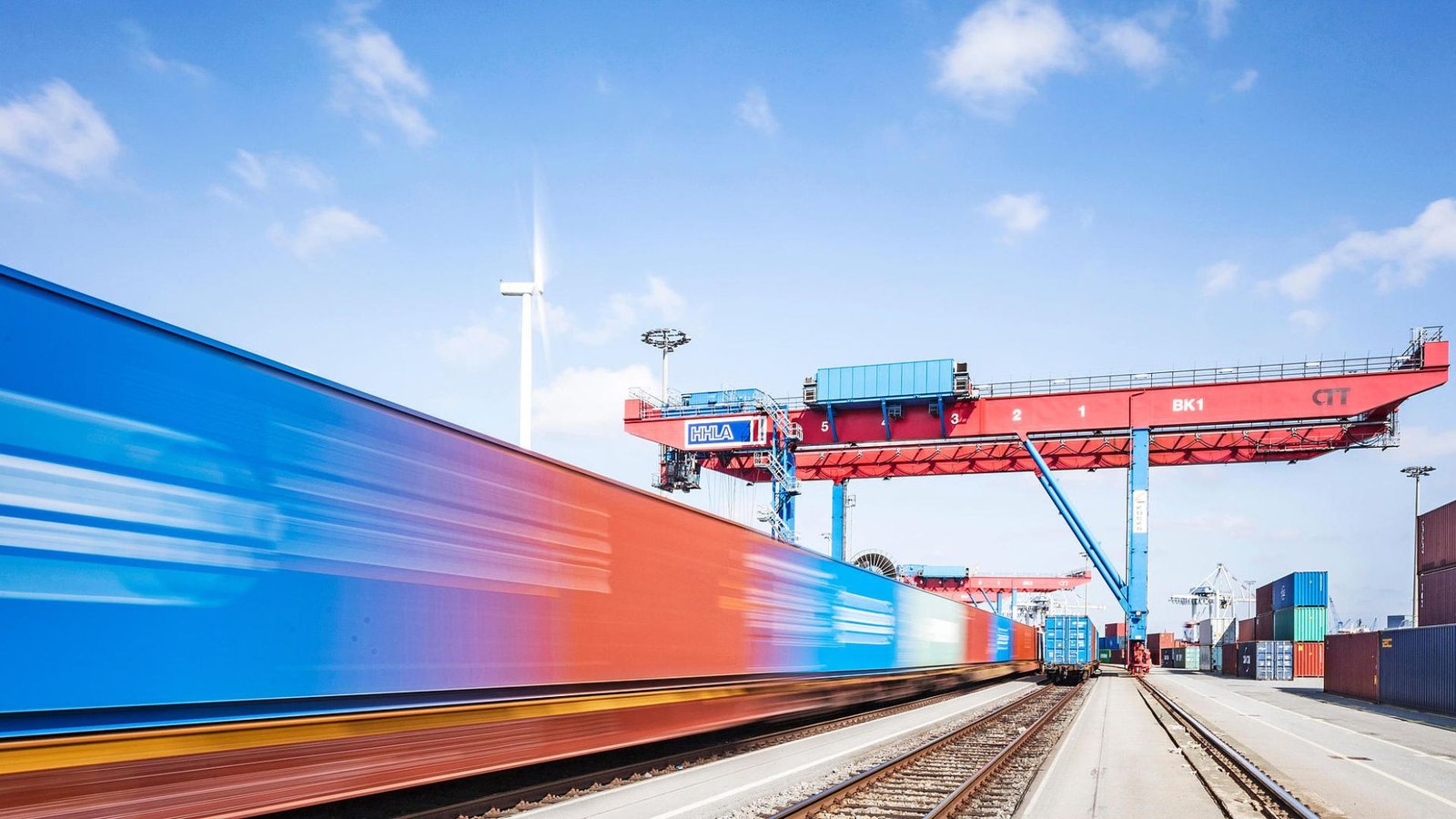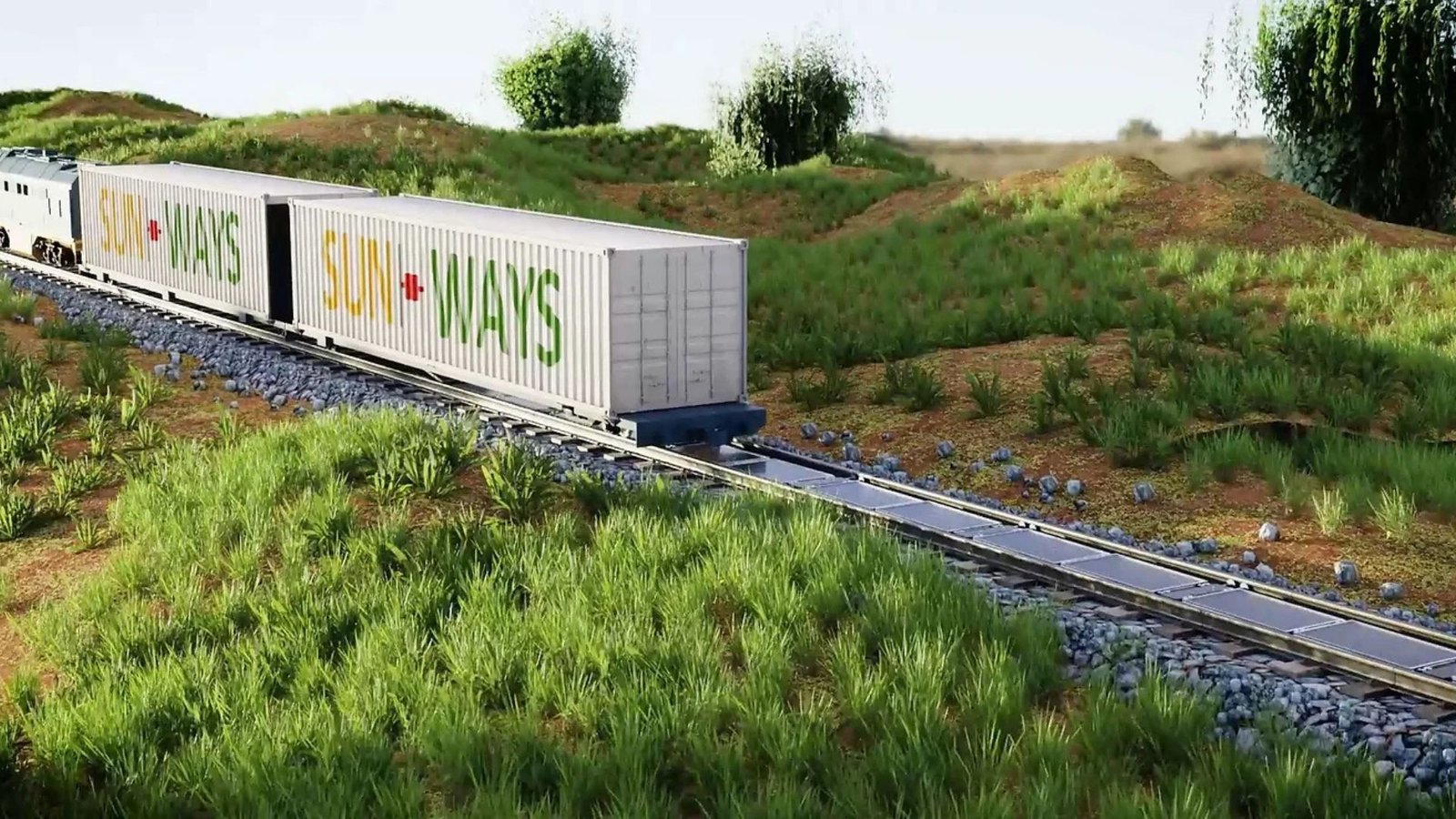Railroads have long been a cornerstone of transportation in many regions, and their importance to rural areas cannot be overstated. As communities located away from urban centers, rural areas face unique challenges, including limited access to services, fewer job opportunities, and difficulties in transporting goods. Railroads offer a solution to many of these challenges. In this article, we explore the multifaceted role railroads play in supporting and enhancing the livelihoods of rural communities.

Economic Growth and Job Creation
Railroads serve as an essential economic engine for rural areas by providing access to regional, national, and international markets. For many rural regions, agriculture and natural resources are the backbone of the economy. Railroads help these industries by offering efficient transportation for large quantities of products such as crops, livestock, minerals, and timber. Without this transportation infrastructure, rural businesses would struggle to reach distant markets, limiting their growth potential.
Enhanced Connectivity and Access to Markets
One of the most critical advantages of railroads in rural areas is the enhanced connectivity they provide. In areas where road infrastructure may be underdeveloped or poorly maintained, railroads offer a reliable alternative for transportation. Connecting remote areas to larger cities and commercial hubs allows local producers to access broader markets for their goods.
Access to Services and Healthcare
Transportation is a major barrier to accessing essential services in rural areas. Many rural communities are situated far from hospitals, schools, and other vital institutions. The availability of reliable transportation through railroads can ease this burden, allowing individuals to travel to urban centers for healthcare, education, and other services that may not be available locally.
Environmental Benefits
While rural areas often face environmental challenges due to their reliance on automobiles and trucks for transportation, railroads offer a greener alternative. Trains are generally more energy-efficient than trucks, especially for transporting large quantities of goods over long distances. By shifting freight from trucks to rail, carbon emissions can be significantly reduced, contributing to a cleaner environment.
Support for Tourism and Rural Development
Rural areas often rely on tourism as a key economic driver, and railroads can play a crucial role in enhancing this industry. Scenic train routes can attract tourists seeking to explore the natural beauty of rural landscapes. Not only does this help generate income for local businesses, but it also raises the profile of rural areas, making them more accessible to a broader audience.
Conclusion
Railroads are indispensable to the development and sustainability of rural areas. By fostering economic growth, improving access to markets and essential services, promoting environmental sustainability, supporting tourism, and enhancing resilience during emergencies, railroads create a vital framework for rural communities to thrive. As technology and infrastructure continue to evolve, the importance of railroads will only grow, offering a promising future for rural areas around the world. Investing in railroad infrastructure is therefore not only a wise economic choice but also a necessary step toward ensuring a balanced and prosperous future for rural populations.




